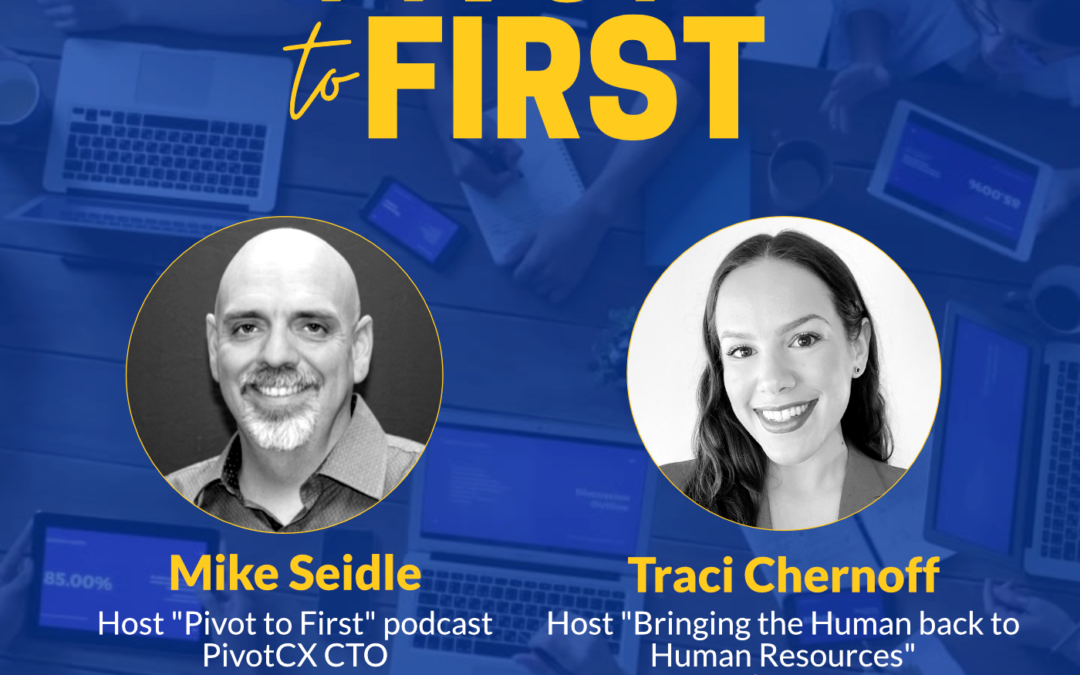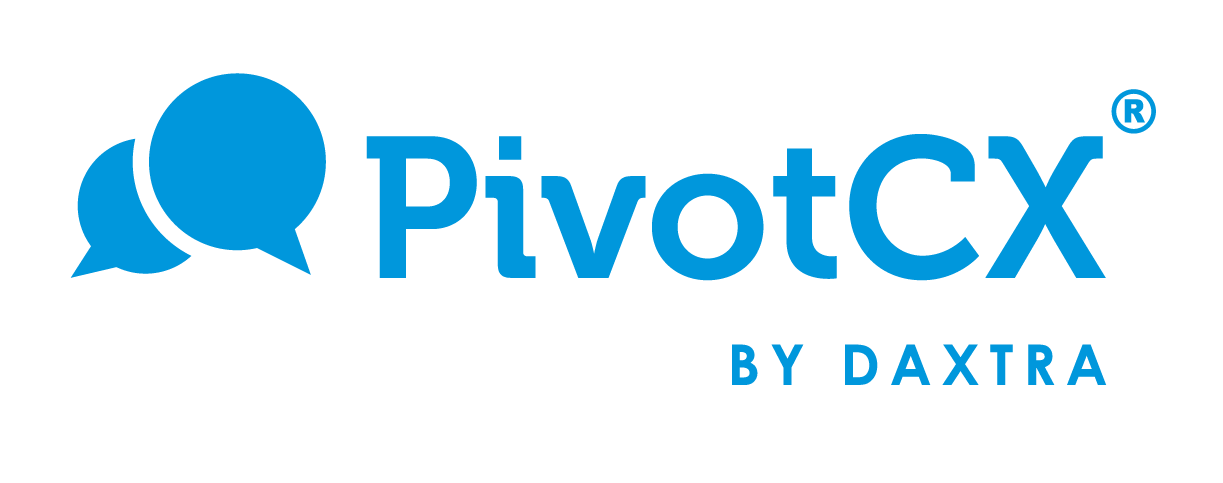
The Secret Sauce to Employee Retention and Productivity with Traci Chernoff on Pivot2First Podcast
In this Pivot2First episode, Mike and Traci Chernoff consider the secret sauce to employee retention and productivity. How to optimize the recruitment process by bringing people, technology, and businesses together. They also cover why peer interviewing is a great idea. The four pillars of employee engagement, and the interaction between AI-powered and human-powered HR.
Where did we all go wrong? It seems like HR is about humans. How do we get to where we need to be to bring the humans back?
Although it’s good that we’ve optimized and focused on efficiency, innovation, and technology, we’ve lost our way a little bit in the age of technology. Streamlining, operational efficiencies, labor operations, labor efficiency optimization, and bringing people back into the equation is not an all-or-nothing game. It can all happen together at the same time. While we focus on optimization and efficiency, we should simultaneously focus on the people who make all that happen. Something operators and C-level executives forget is that employment and sales are relationship-driven. They get the sales and marketing piece right, but the HR part wrong. Approaching employment and hiring with a relationship-driven mindset starts with the people in Hiring management positions (whether they’re C-suite, executive/director level) focusing on creating a specific culture or product to solve a problem.
By bringing thought leaders, people with different levels of emotional intelligence, and others committed to giving workers a good experience, we can create initiatives that support that goal.
Happy employees create happy customer experiences. When you focus on building a happy employee experience and giving them an environment that allows them to be more productive, where they want to get to know the product better, and where they want to make the customer experience exceptional, you don’t have to think about the bottom line because it positively unfolds for you.
Many companies have spent a lot of time and money automating. Where did we all get it right?
It’s a myth that “if you pay people right and give them good benefits, they’ll stay forever,” people want more than that. 58% of Americans who are eligible to work are hourly. There’s much vulnerability based on pay, benefits eligibility, and being full-time vs. part-time. The truth is that employee engagement is not just about Pay and Benefits.
At Legion we think of The four pillars of Employee Engagement:
- Pay
- Benefits
- Employees, as people, want flexibility and predictability:
Employees want the opportunity to decide what their lives look like. They want to know they’ll get 40 hrs/week of work. However, they want the flexibility to determine what those 40hrs look like and have the ability to switch shifts or work a different schedule.
- Employees want to feel connected to the bigger picture through culture and communication:
When employees feel connected to the bigger, they feel connected and grounded in the purpose and mission of the organization. Having tools for frontline communication with employees makes a huge difference in the way they connect with the purpose and mission of the organization. An engaged workforce will do a better job. They’ll be happier and more likely to stay than to churn.
Why do companies process candidates like chickens instead of building relationships?
Sometimes companies aren’t clear on who they are. They sell blue skies because that’s what they want from the company, but it’s essential to be super transparent about where you are today and what you want your future state to look like.
Additionally, companies, hiring managers, and people assigned to recruiting, are not hiring for diversity of thought. They aren’t hiring people different from them, who think differently, who have other priorities. Bringing people onto a team who present and represent different ways of thinking and priorities creates a more comprehensive team environment. In this kind of environment where ideas are challenged, individuals have more growth opportunities.
What do companies get wrong before someone becomes an employee? How do we improve employee engagement?
When we think about what we’re expecting from candidates, there’s an imbalance in expectations and what’s reasonable. We shouldn’t bring just anyone, but there’s a way we can think about candidates differently, getting a little bit more humanity to the interview process.
As we have experienced throughout the pandemic, the way we interview has changed. Instead of asking the same questions from a candidate over and over, candidates can go through the PivotCX process to screen them for the basic qualifications of the role. Hiring managers can then focus on asking pointed or challenging questions to figure out if a candidate is a good fit for the job.
Not having peer interviews is also a big issue. Knowing how a new team member will interact with the group is absolutely critical. The reason people stay even when you see manager turnover is because they love their peers and the group of friends they’ve made at work. If we know 50% is employer-controlled (the way we expect people to work) and the other 50% is whom we are working with, then we should place our intention and energy into listening to peer feedback. Involving peers and giving them the psychological safety of expressing their opinions when deciding who to hire will strengthen the bond between the employees, other stakeholders, and the organization.
About Traci Chernoff
Traci is a self-starter and entrepreneur with a passion for people, strategy, and innovation. She is host of one of the most interesting HR-focused podcasts: “Bringing the Human back to Human Resources.” She has been an HR Manager, Trainer, and Director of HR and is now Director of Employee Engagement for Legion Technologies, an AI-powered workforce management company with a mission to turn hourly jobs into good jobs.
Book that changed your life: Catcher in the Rye by J.D. Salinger (reading it in high school allowed me to find my own power and know it’s okay to be exactly who you are), the Nightingale by Kristen Hanna (Historical fiction novel set in France WWII. It awoke my spirit and soul).
Favorite Saying: “Every problem has a solution.”
Your favorite movie: the Harry Potter series (growing up before the films came out was great!)
Final Thoughts: I appreciate you listening at talking about all the things that make me excited and passionate about HR. Let’s continue to talk about why bringing humans back into business is a great mission to have.
Traci’s LinkedIn: https://www.linkedin.com/in/HRTraci
Podcast: Bringing the Human back to Human Resources https://hrtraci.com/
Learn more about Mike and PivotCX:
Mike’s LinkedIn: https://www.linkedin.com/in/indymike/
